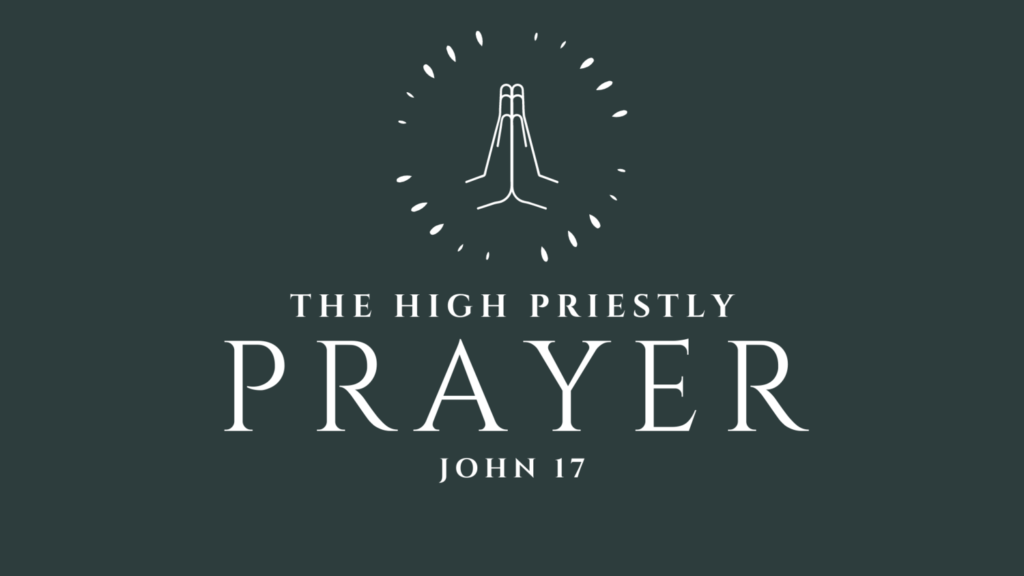Last week I finished reading Augustine’s classic little paperback, On Christian Doctrine (translated by Robertson). I had seen it quoted so many times through the years and figured it was about time.
Early on in the book, Augustine baldly stated:
“I am not to blame because they do not understand.” (p. 3)
If I remember correctly, Augustine took a job teaching rhetoric in order to pay the bills. So, he was well-trained in communication. Evidently, he knew how to be crystal clear when he taught Scripture. And he was confident in his abilities.
His statement reminded me of the importance of being clear. It’s more important that being interesting or clever. As much as I value preaching with accuracy, what is accuracy without clarity?
Augustine got me thinking about what enhances clarity. Here are some things to consider as you prepare to preach this week:
- Exchange your informational sermons titles (I am assuming your titles provide statements) for transformational titles (ones that hint at application or response even before the sermon begins).
- Similar to #1 is to clearly state the primary worship responses to your Text. As I have written before, you might complete this sentence: “We worship this morning by_____________.” This is another way of talking about sermon application. When you insert this sentence into the opening minutes of your sermon introduction, your listeners are clear about how to worship during the sermon.
- Whether you use formal outline points or not, make sure to create clear transitions from thought-block to thought-block. Everyone should hear how the parts fit together so the sermon doesn’t fragment in their minds.
- I find it’s easy not to be clear with defining key terms. I am trying to make sure my sermon manuscript has one robust sentence for any word that requires careful evaluation. The lexicons are still my favorite source for concise definitions in context.
- I need to practice this more: follow up a lengthy quote, with something like, “Now, what D. A. Carson is saying is, ___________________.” That gives listeners two opportunities to hear the content.
- Finally, be clear about the Gospel, how Christ-crucified makes it possible for us to put the Scripture into practice (the worship response in #2 above).
Maybe, after all that, I can say with Augustine, “I am not to blame because they do not understand.” And may our Lord receive glory in the church and in Christ Jesus (Ephesians 3:21), because of our sermon clarity.
Randal











